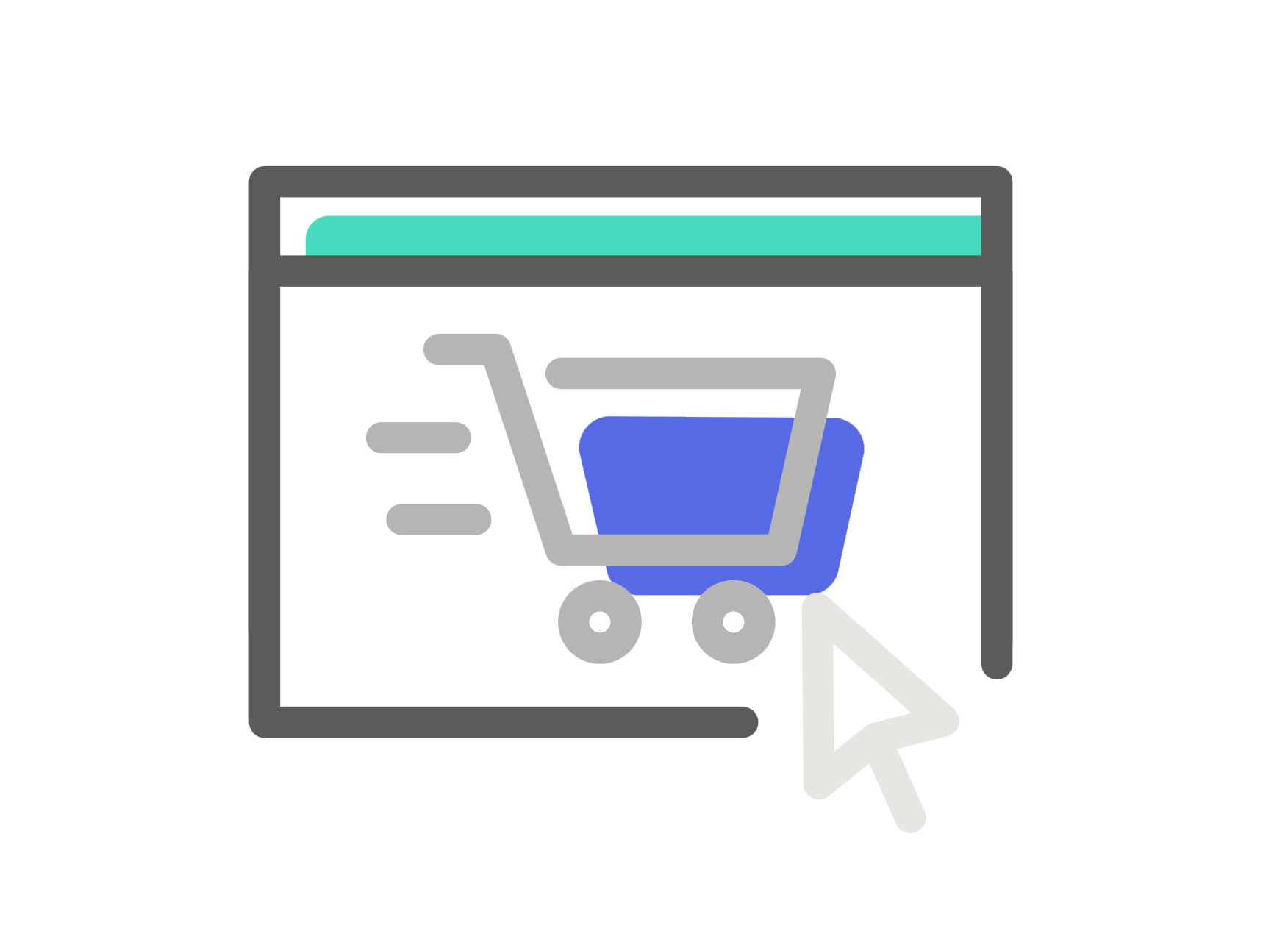
August 15, 2022
Turning the Tides: How to Sail Smoothly Through an Unpredictable Market
Tags:
Brands continue to walk the fine line between success and stock outs in a volatile global market. The freight cycle is still pretty vicious. Just take the backup at the Port of Los Angeles/Long Beach—or pretty much any other port—to see just how unpredictable things still are. Throw the widespread lockdowns in parts of China into the mix and it’s clear that supply chain snarls are here to stay for a while.
If that wasn’t stressful enough, we’re also seeing a tightening of capital markets, drying up of equity markets and continued uncertainty about consumer demand.
In our ever-changing global market, it is imperative that brands have both the knowledge and resources necessary to stay competitive. An essential factor for staying on top is keeping a healthy balance between supply and demand.
Every Win Counts
Luckily, there are ways to turn the supply chain uncertainties into a competitive advantage by focusing on the small, incremental wins that add up. Doing this will help you remain fully in control over stockouts, surplus, and everything in between. Ultimately, you are setting your business up with the resilience and agility to maintain long-lasting growth with a highly visible supply chain.
Instead of seeing your company as a victim of this volatility, ask how you can make better, timely, data-driven decisions to turn the existing situation into an advantage for you AND your customers. How can you find new ways to differentiate your business and grow customer loyalty?
Here’s some advice from our in-house experts:
Start By Asking The Right Questions
To begin to answer this larger question, you’ll first need to start with smaller ones:
- How do we take back control of our supply chain?
- How do we make good decisions in the face of the current volatility?
- How can we get better access to real-time data to see what’s really going on with our goods once they leave the manufacturer?
- How can we make changes en route if needed?

Comprehensive data and increased visibility lies at the heart of answering many of these questions. If you don’t know what the blank sailing rate is, or how much space is available on other sailings, how can you take advantage of risk diversification strategies? The Flexport platform offers Order Management services to help your company achieve end-to-end control over your supply chain. In addition, Flexport Research publishes original weekly and monthly reports designed to keep you up-to-date and help inform your decision-making.
For companies trying to keep up with strong demand, data can also tell you which products to continue or phase out, what to launch, and when.
There are three important metrics to watch:
- Landed cost per SKU
- Cargo ready date to delivery time
- Quote to invoice accuracy
Landed cost per SKU is especially crucial in a logistics market with so many moving parts. This measurement can help you control costs, set consumer prices, and determine the health of your logistics immediately or across a longer period.
For Flexport clients, landed cost is easier to pull and display quickly than it is for companies using spreadsheets or other manual techniques. The Flexport Platform digitizes commercial invoices, packing lists, and all other commercial documents, so you can discover insights more quickly
Next, track the legs of your cargo journey, starting with the average time from when your cargo is ready to when it's picked up and the time between your cargo ready date to delivery.
Cargo ready dates can help you strengthen relationships with suppliers. If you have multiple suppliers producing similar products, you can take your information to your supplier and learn more about how production times could be improved or streamlined.
The third metric to help you avoid pitfalls is the alignment of quote to invoice. In other words, what is the difference between what you were originally quoted and what you were invoiced?
For example, if a supplier handles a shipment end-to-end, they may provide a quote based on certain weights and volumes. If the actual weight and volume at the port varies—due to packing variation, order changes at the factory, or simply human error—there could be a financial discrepancy.
Recent news that highlighted significant changes in the market:
- A recent Deloitte report estimates that retail industry leaders plan to invest the most in fulfillment, inventory, and warehouse management in 2022.
- Annual ecommerce spending globally grew by 16-19% in 2020 and 14% in 2021. It is expected to grow 15% annually—a huge online opportunity for brands of all sizes.
- While shoppers were eager to head back to brick-and-mortar stores, inflation resulted in consumers are pulling back spending on non-essential items.
- 74% of Gen-Z and 71% of millennials shopped with at least one international brand in the last year and that trend continues to grow. More here on Gen-Z shopping habits.







